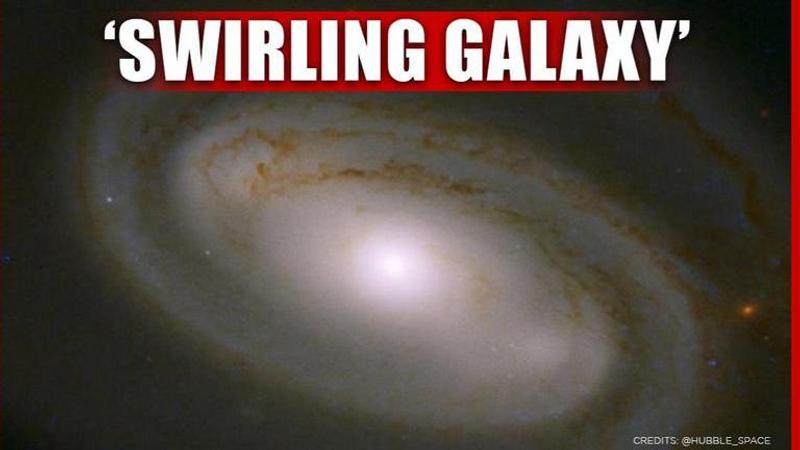Published 13:38 IST, May 26th 2020
NASA's Hubble telescope captures stunning image of swirling galaxy
Scientists at National Aeronautics Space Administration (NASA) have captured a stunning image of a spiral galaxy named NGC 3895 using Hubble telescope.

Scientists at National Aeronautics Space Administration (NASA) have captured a stunning image of a spiral galaxy named NGC 3895. According to NASA, the swirling galaxy was first spotted in 1790 by British astronomer William Herschel. The photograph which was captured by the Hubble Telescope was shared on its Twitter page.
The photograph which was dubbed as 'Picture of the week' by Hubble has been liked nearly 500 times since posted on May 25. According to reports the NGC 3895 galaxy is otherwise also known as LEDA 36907, UGC 6785 and KPG 303b and is 161 million light-years away from planet earth. The galaxy has a diameter of approximately 45,000 light-years.
'Cosmic ring of fire'
On the same day, scientists also discovered a galaxy that looks like a massive "cosmic ring of fire" and stated that the discovery could help in learning more about the evolution of galactic structures. The incredibly rare kind of galaxy has a similar mass to that of Milky Way but is shaped like a doughnut with a hole in the middle, according to a press release from the ARC Centre of Excellence for All Sky Astrophysics in 3 Dimensions (ASTRO 3D) released on May 25.
Astronomers have managed to capture an image of the galaxy and revealed what it looked like 11 billion years ago. The galaxy has been named R5519 and it is 11 billion light-years away from our Solar System. As noted by the scientists, the hole at its center has a diameter two billion times bigger than the distance between Earth and the sun. The discovery is described in details in the journal Nature Astronomy.
Collisional ring galaxies are formed after colliding with other galaxies. It is said that the discovery could help astronomers understand how our own galaxy, the Milky Way could have formed. As per the study, it takes a "thin disk" of material present in one galaxy to collide with another to form a collisional ring galaxy.
Updated 13:38 IST, May 26th 2020



